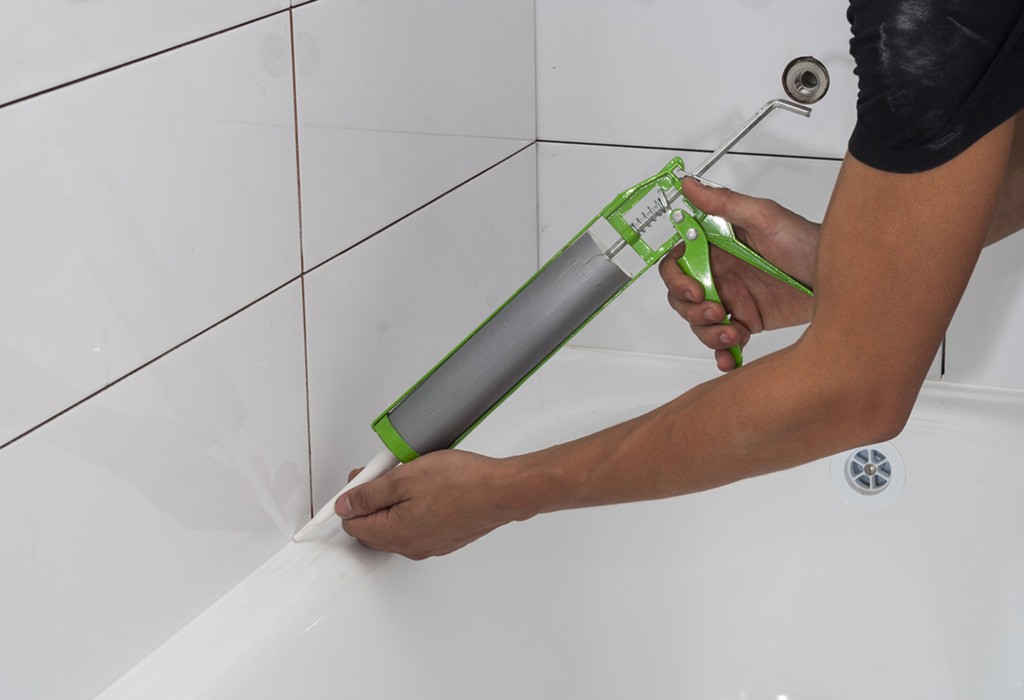Removed aluminium shower enclosure and door frame.
How to remove silicone caulk from shower door frame.
Tried box cutter and old style razor blade but thin strips of silicone is still left attacked to the aluminium.
Shower door or tub.
Remove any old strips of caulk in the shower.
Caulk is a joint filler and sealer used to help keep the water inside a shower when applied to the channels that support shower doors.
Choose a caulk that is designed both for bathrooms and for mildew resistance.
Tried just pulling with fingers but that only works on the thick gobs and still leaves some behind.
Has gobs strips of old silicone sealant stubbornly stuck to the aluminium sides.
This is a nice tool for beginner diyers because it has an angled tip to remove silicone caulk from corners.
Using caulk with a caulking gun and making an even bead of caulk is a knack that every owner should acquire.
There are other tools you can use to remove silicone caulk.
How to remove caulk after removing the shower doors.
Apply either silicone or latex caulk with a caulk gun or squeeze the product straight from the tube.
One of them is the homax plastic caulk removal tool.
Silicone caulking is used in showers to seal the gaps in each corner where two tiled walls come together between the bathtub and the base of the tiled wall and to seal the shower door frame.
When it comes to your bathroom and shower door it is essential to occasionally remove the old caulk and replace it.
Since the caulk in the shower area is constantly wet it easily develops mildew and mold.
It is used to keep water from entering behind the tile and rotting the wall that it is attached to and to keep water from leaking out of the shower door.
Silicone caulk forms a stronger seal than latex caulk but latex caulk is easier to clean and remove if the seal fails.

